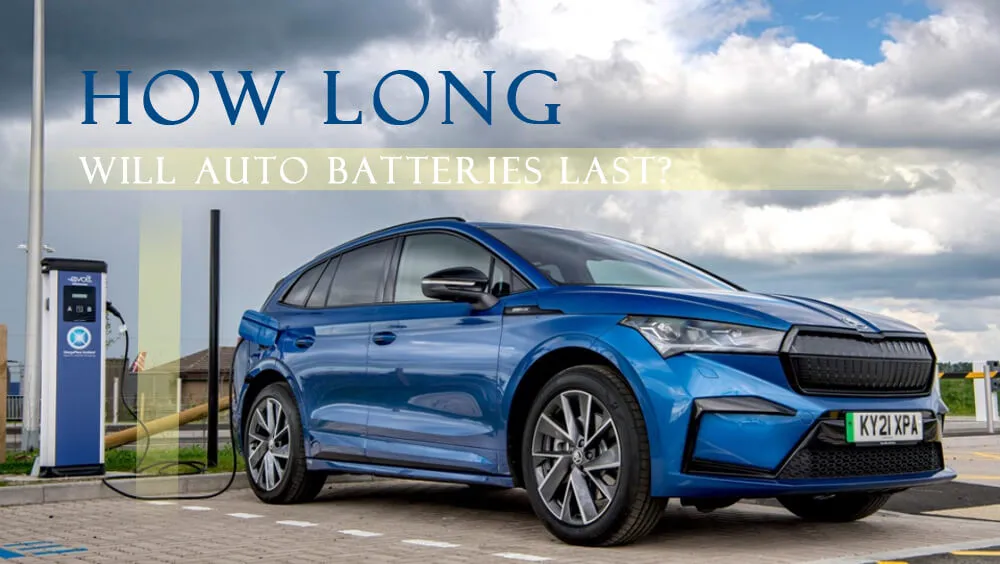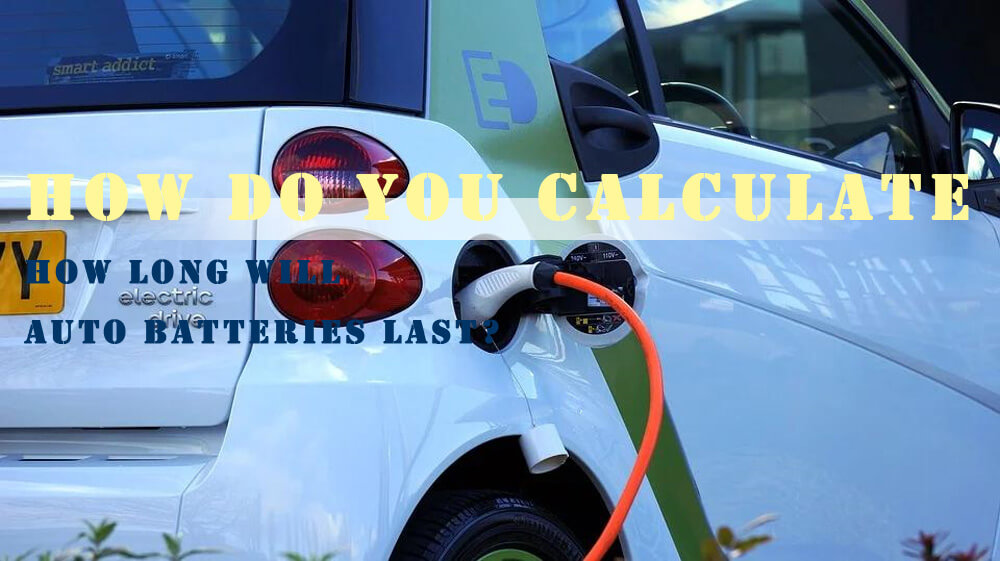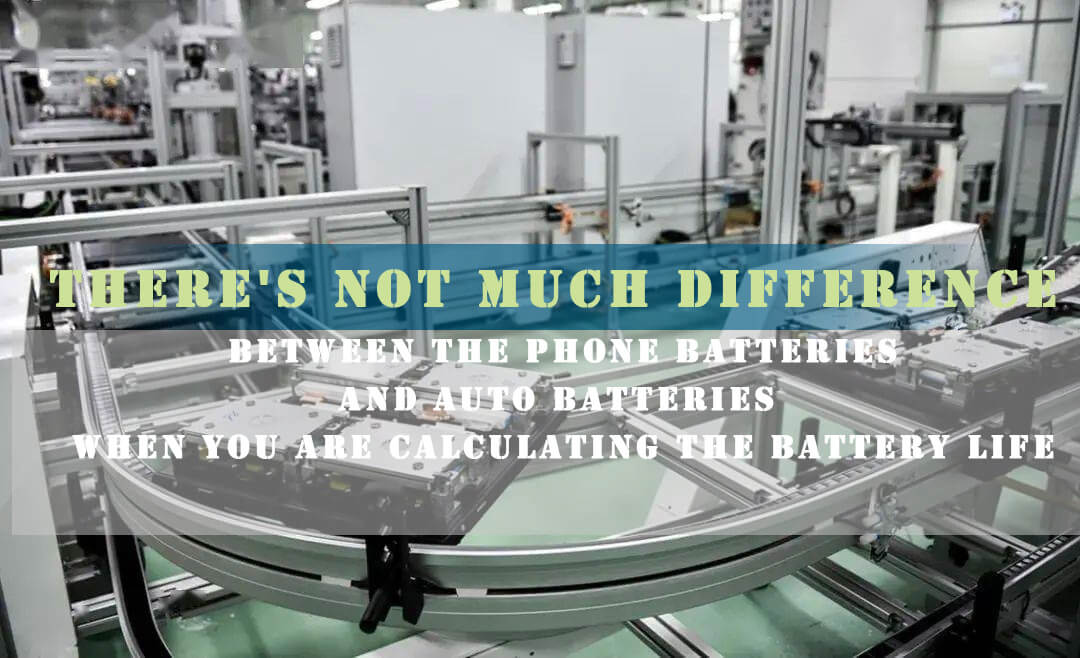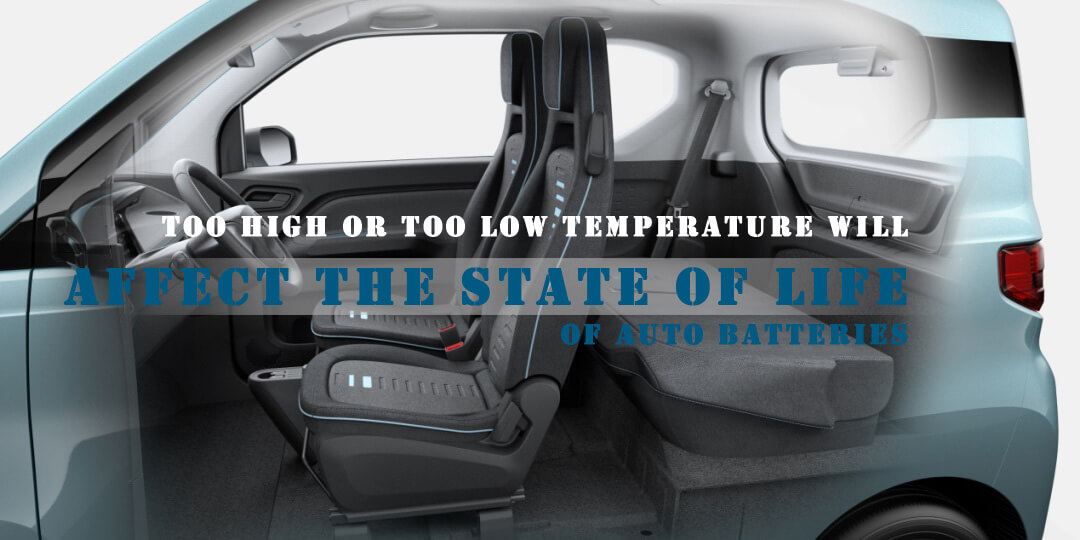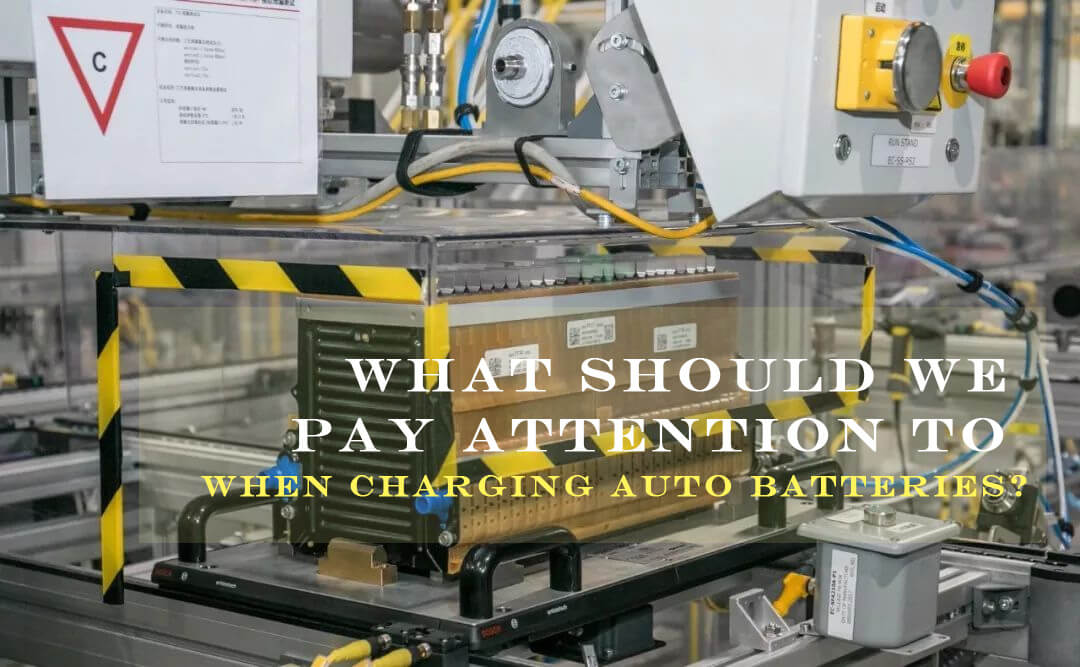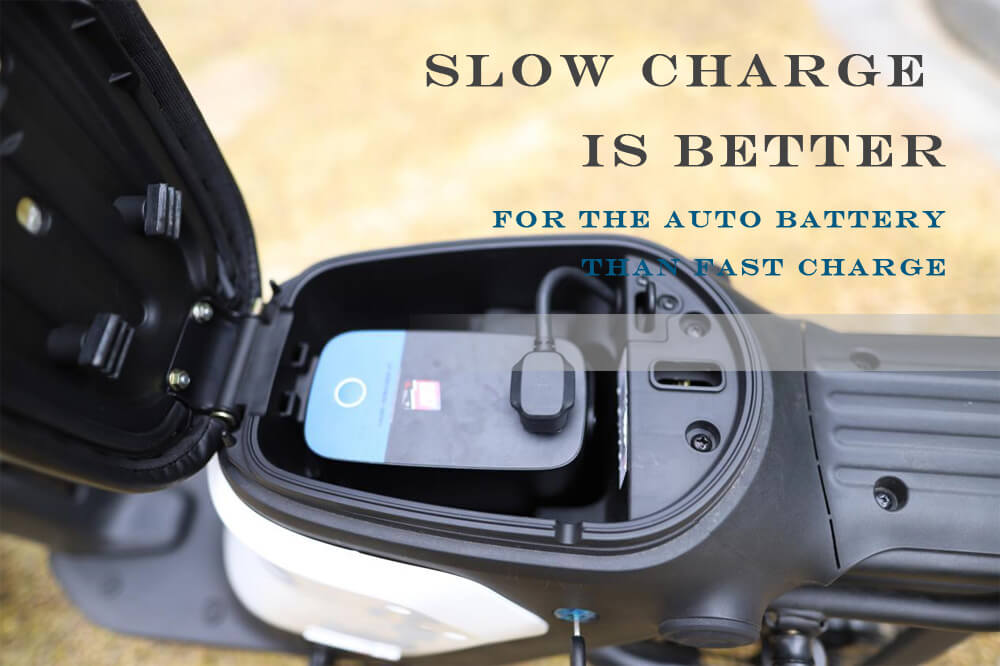Home » rechargeable Lithium Batteries » How long will auto batteries last?
How long will auto batteries last?
Unlike phone batteries, auto batteries are more expensive, and we expect them to last more than a decade. So when buying an electric car, owners may be more concerned about how long the auto batteries lasts. Auto batteries are more complex than cell phone batteries, which involve an entire battery pack system.
Therefore, how to calculate the circle life of the auto batteries by yourself, which may be a difficult problem for novices on the electric auto. In fact, it’s pretty simple, if you think of your auto battery as an oversized cell phone battery.
How do you calculate how long will auto batteries last?
Usually our mobile phone battery requires the cycle times should reach 1000 times (and some are required 800 or 700 times) and after these 1000 times cycle, the capacity retention rate should over 80%. That is, charge once a day, after more than two years of use, the battery still has a capacity of 80%.
The cycle life of the auto batteries is 500 times and the capacity greater than 90%, or 1000 times and the capacity greater than 80%.Auto batteries usually charged once a week, and one year is about 52 weeks, so you can use 1000/52=19.2 years, that is to say, after 19.2 years, the capacity of the battery is still 80%.
So there’s not much difference between the phone batteries and auto batteries when you are calculating the battery life, they all require 1,000 cycle times, but the phone is charged once a day and the car is charged about once a week, so the difference is several times.
In other words, cell phones can last two years, and cars can last at least 14 years.Generally speaking, under ideal conditions, the cycle time of auto batteries is about 1000-2000 times, and it can guarantee more than 70% of the available capacity.
The state of life(SOL) indicating how long the battery can maintain life.However, if the auto batteries capacity is small, such as Hybrid Electric Vehicles(HEVs), the mileage of a single cycle is about 50-80 kilometers, and the theoretical state of life of auto batteries of pure electric vehicles is about 400 kilometers.
Pure electric cars are easier to calculate. Take the mainstream model with a range of 400 kilometers as an example, a single charge can drive 400 kilometers, according to at least 1000 cycles, then the theoretical usable state of life is 400,000 kilometers.
If an operating vehicle runs 100,000 km per year, the theoretical state of life is four years. If it runs 20,000 kilometers per year, the theoretical state of life is 20 years. So many lithium-ion battery manufacturers can claim a car with a 5-year / 8-year 100,000km battery warranty.
The same car with one cycle of 400km runs 20,000km per year, which can run exactly 100,000km in 5 years.And 100,000/400 =250 cycles, 250 cycles is not a problem for lithium-ion battery at all.
The car with endurance of 400 kilometers, the national standard for a single battery is that after 1000 cycle times, the capacity is greater than 80%. Thus the state of life of a single battery is 1000*400*0.9= 360,000 kilometers! And many high-performance lithium-ion batteries can go 2,000 cycles, that is 720,000 kilometers.
Factors affecting the state of life of auto batteries
From the aspect of the actual environmental conditions, the factors affecting the state of life of auto batteries mainly include charge and discharge cutoff voltage, C-rate, operating temperature and placing conditions.
Cutoff voltage
For different charging cutoff voltages, the state of life of auto batteries decreases with the higher charging voltage. This indicates that the charge cutoff voltage has a great influence on the battery life. High charge cutoff voltage will aggravate the occurrence of battery side reaction and shorten the state of life of auto batteries.
C-rate
In the use of electric vehicles, the auto batteries adopt different charge and discharge rates to meet different driving conditions. Research on charging and discharging of auto batteries shows that large charging and discharging rate will accelerate the decay of battery capacity. The larger charging and discharging rate is, the faster the decay of battery capacity is.
This is mainly due to the change of the structure and properties of the anode material and the thickness of the anode surface film, which leads to the difficulty of lithium ion diffusion. If the charge and discharge rate is too high, it may also cause overheating and short circuit of auto batteries, which may cause explosions.
Operating temperature
Too high or too low temperature will affect the state of life of auto batteries. With the decrease of temperature, the discharge capacity of lithium ion auto batteries will decrease.
This is because as the temperature decreases, the ionic conductivity of the electrolyte decreases, causing the rapid increase of the internal resistance of the battery, resulting in poor output performance of the battery at low temperature.
Placing conditions
Under the condition of not using auto batteries, due to the nature of the battery itself, such as self-discharge, passivation of anode and cathode materials, electrolyte decomposition, etc. Experimental results show that the unstable performance of the anode SEI will lead to the rapid decay of the anode active material, and it is easy to produce lithium metal precipitation.
The lithium battery with stable SEI film can be stored for more than 4 years at high temperature, and different electrolyte components have different effects on the decay of the electrode material.
What should we pay attention to when charging auto batteries?
Don’t over discharge
That is, don’t run out of all the power, which is mentioned in many electric car manuals. When the power is close to 20%, it should be charged in time.
Over discharge of the auto batteries can cause damage if the vehicle continues to drive regularly under 10% charge (the vehicle will enter the speed limit). Excessive discharge can cause great damage to lithium auto batteries and it is irreversible.
Some brands of electric vehicles cannot be directly charged after totally discharge. They must be unlocked by external power supply and then charged , which is very troublesome and damages the auto batteries.
And charge immediately after the usage every day. The battery temperature will rise after the car has driven for a distance. Timely charging can improve the charging speed and ensure that the auto batteries is fully charged.
Don’t over charge
In addition to being unable to over discharge, auto batteries also cannot be overcharged. In the manual of tesla and Xiaopeng auto, there is a reminder that the best state of auto batteries is when the power is maintained at 50-90%.
This is actually a problem with electric cars called a “charge limit”, which is also a simple way to keep the number of circle life of the battery as high as possible.
Slow charge is better for the auto battery than fast charge
Principle of fast charge is mainly that the DC current makes the lithium battery flow rapidly from the positive electrode of the battery to the negative electrode (graphite) through the electrolyte, and lithium ions will be embedded in the graphite material.
If the speed is too fast, too many lithium ions will form accumulation in a short time when entering the negative electrode, resulting in irreversible effects When discharging, these accumulated lithium ions can not participate in the reaction, resulting in a decrease in the total amount of ions in the reaction, reducing the battery power.
This note is clearly stated in NIO’s manual: “Avoid frequent use of high-power DC fast charging to charge the vehicle, which will affect the state of life of auto batteries”. In addition, the slow charge conversion efficiency is higher, but also more durable.
How to maintain the auto batteries
How to maintain the auto batteries If it is not used for a long time
If it is not used, the auto batteries will run 1% power every day, so when the vehicle will be placed for a long time, the amount of electricity should be more than 50% to deal with the problem of self-discharge of lithium battery pack, and it is recommended to charge once a month.
How to maintain the auto batteries under normal use
When the vehicle is in normal use, it should be fully charged at least once a month. The battery management system will correct the SOC in time to avoid energy feedback or SOC jump caused by long-term dissatisfied charging.
(Note: the SOC refers to the charge of the battery. The charge of the battery is like the water in a bucket. The amount of available power in the battery at a given moment is called the SOC of the auto batteries at that moment. In the case of complete discharge, SOC is 0, in the case of full charge, SOC is 1)
How to maintain the auto batteries at low temperature
When the ambient temperature is below -20℃, the vehicle should be placed in warm library.


